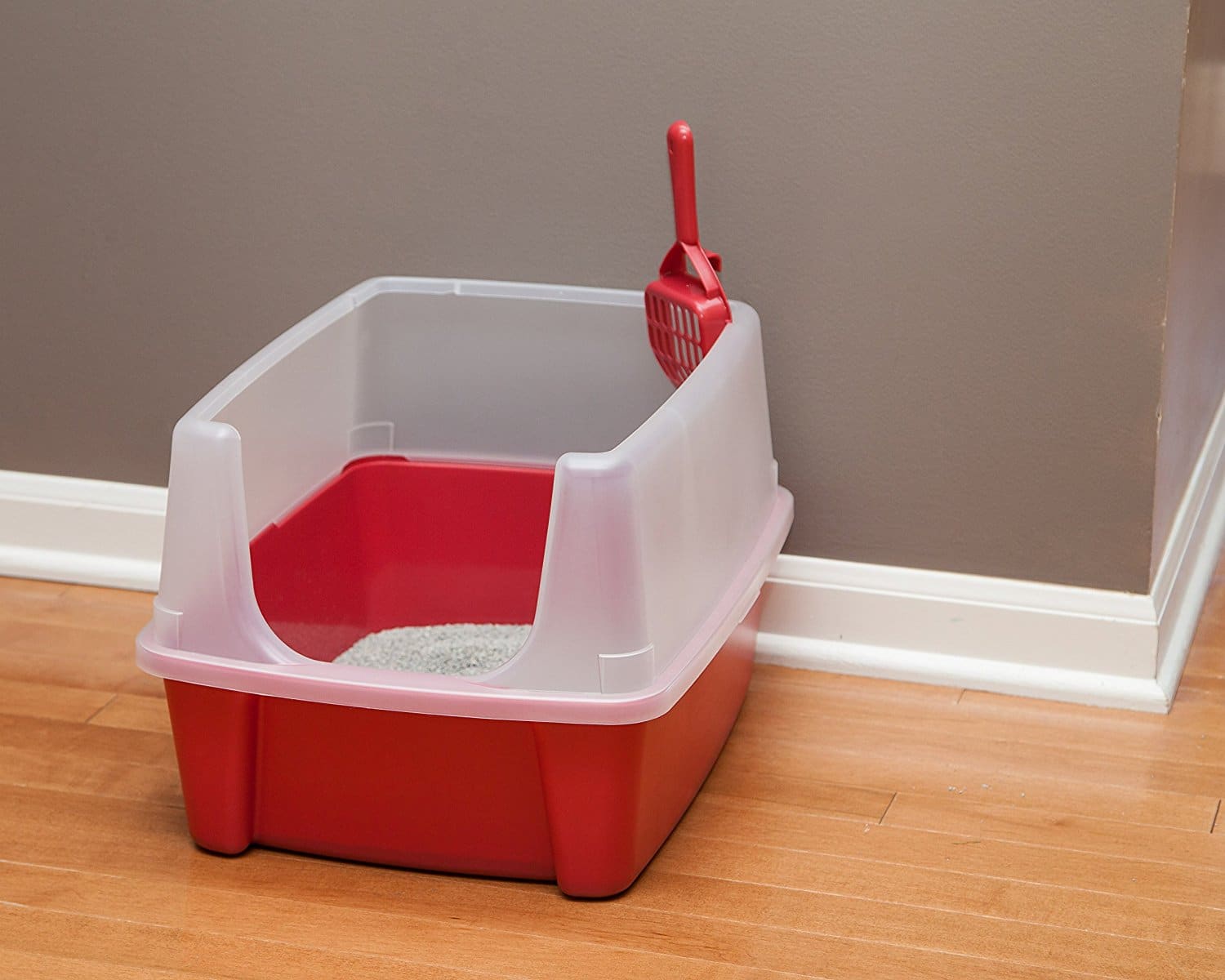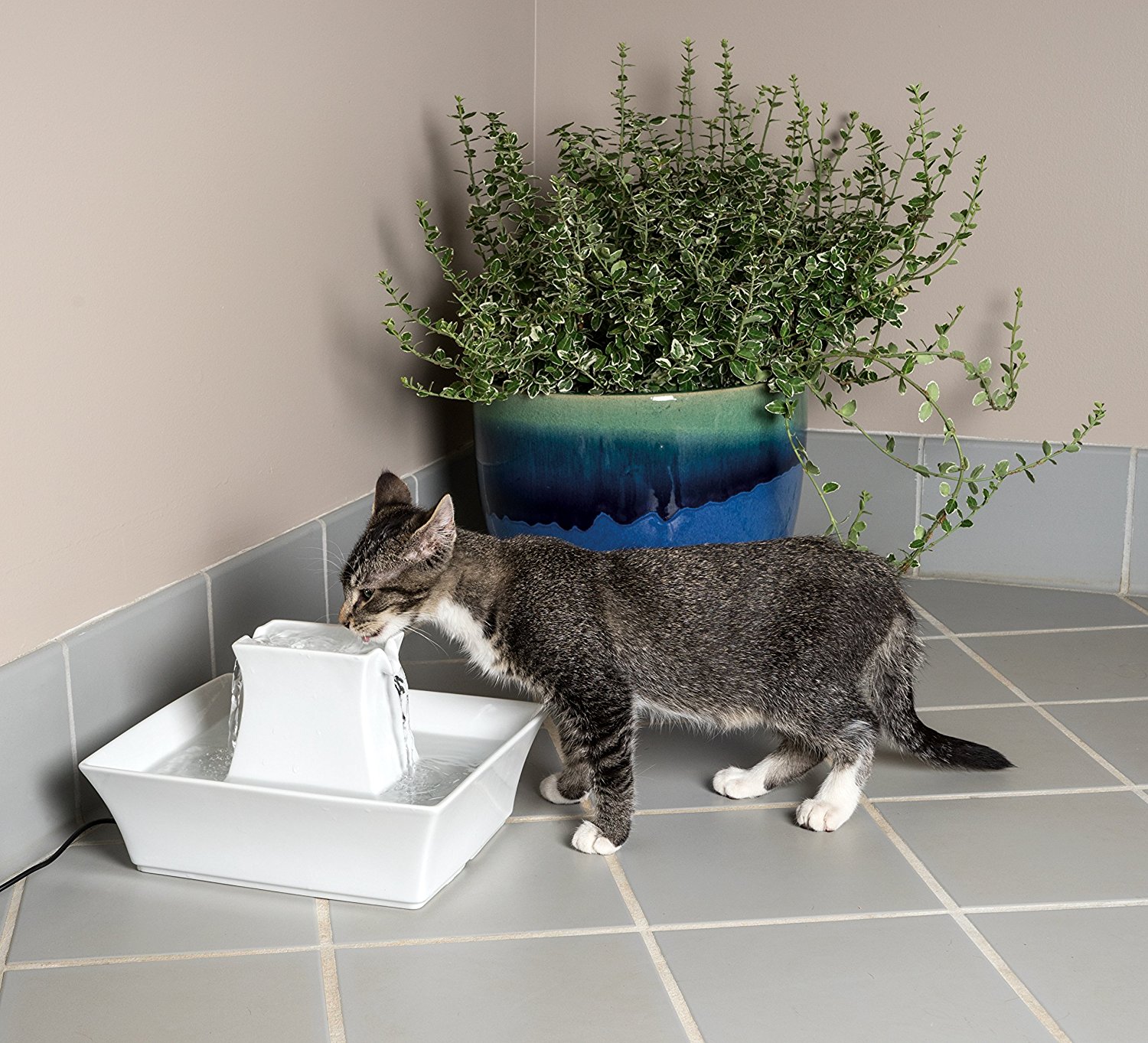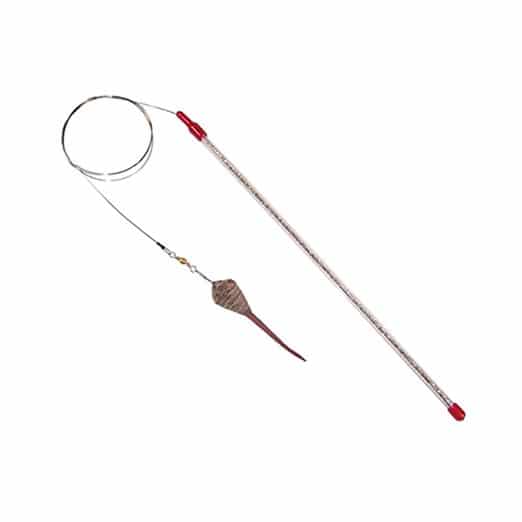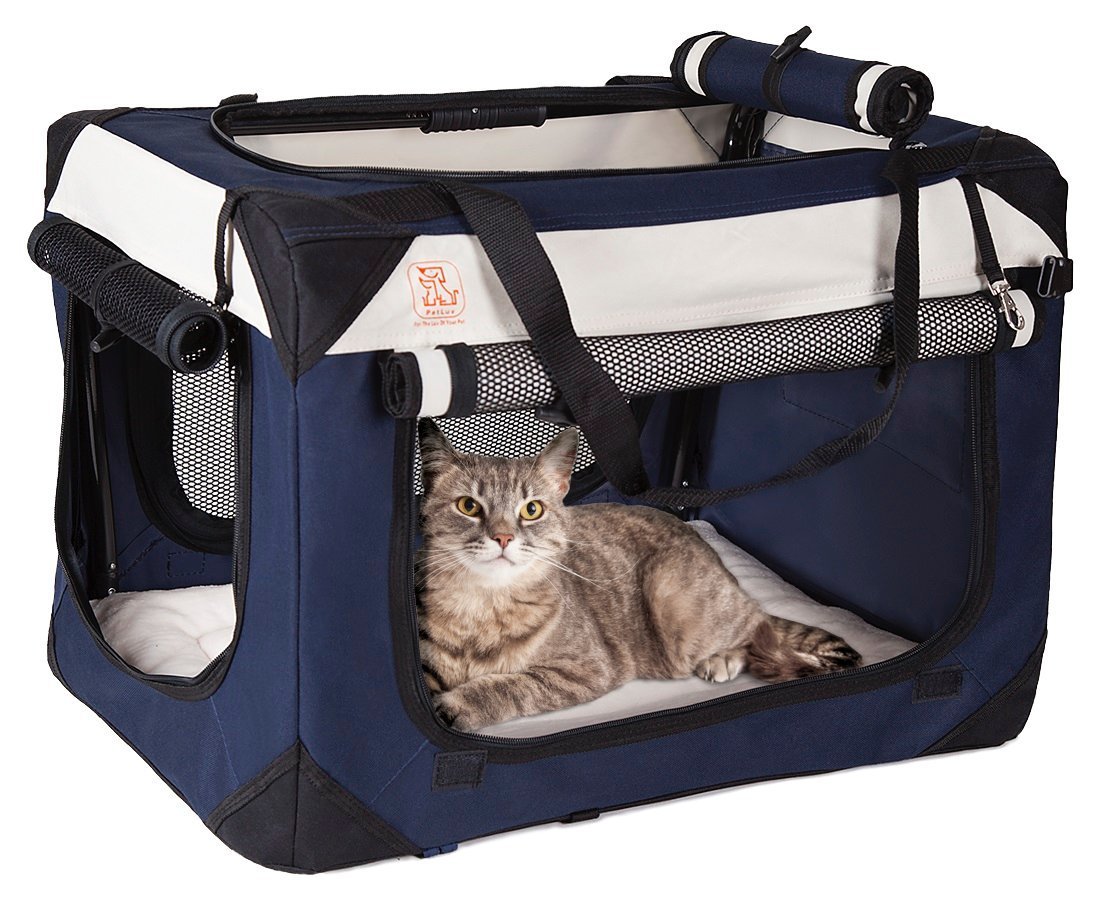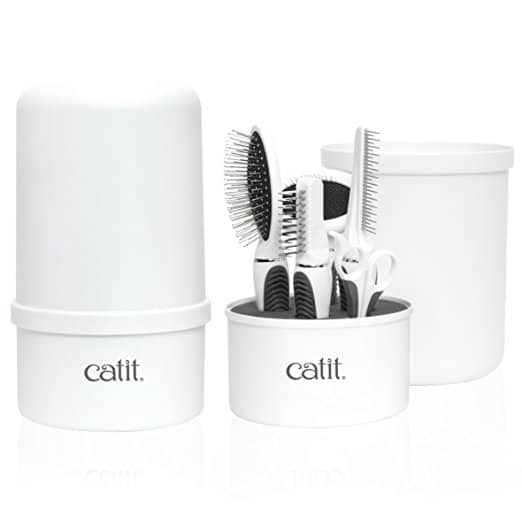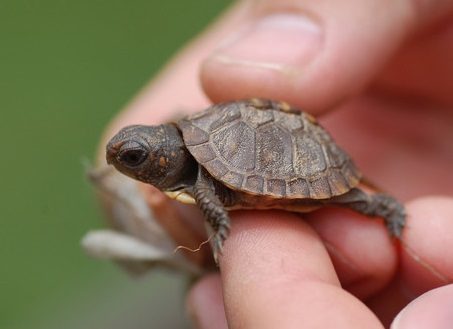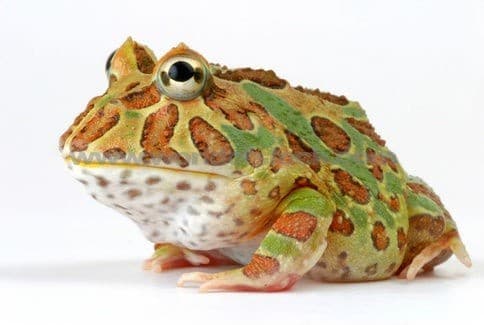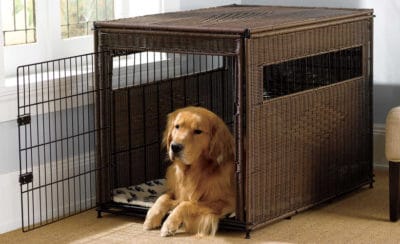I’ve been a cat person my whole life and this was not something I was aware of until I finally got a dog. I grew up with cats of all kinds, some that came and go, one indoor cat that lived be 22 and was the meanest crotchety old thing you could imagine. Learning how to take care of a cat can be something you have to do for every cat you own. Caring for kittens is going to look very similar, although there will be less environment adjusting to worry about because their personality has not yet fully developed.
Experiencing Cat Care
Cat care has looked different in my life as my knowledge and appreciation of them has evolved. Currently, my indoor, manx-tailed, tabby cat is the center of my attention. And he has been since I adopted him from a friend 3 years ago.
When I think about his personality and needs, and compare it to the cats of my past, I start to get overwhelmed in trying to summarize cat care for my readers. They’ve all had different needs, priorities, and their interactions with me have differed, too.
However, I think that there are some basic guidelines to caring for cats that can be helpful to everyone- not just for those who are getting a cat for the first time. Cat behavior can seem complex, but there are some tell tale signs that most cats will give to help you solve problems.
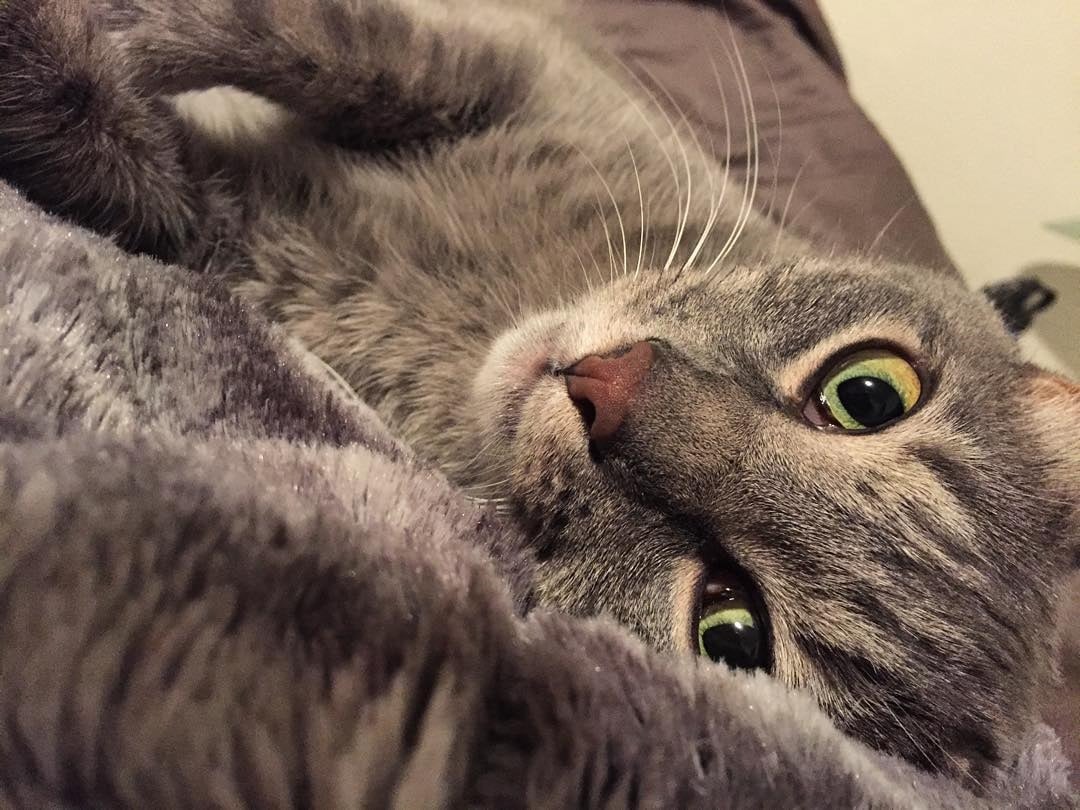
I say this because until my current one came along, I never had a cat that wanted to be around me all the time, and struggled if I left town for a night. I can remember pouring over articles about cat anxiety and energy levels for hours because he was a whole new ball game for me. Learning how to take care of cats can be different for everyone.
So I’m going to assume that some of you tapping into this information about cats might have even considered yourself to be an expert. And then, a furry four legged creature (that somewhat resembled a cat) strolled into your life and turned everything you knew about being a cat-person onto it’s head.
Every Cat is Different
So fair warning to new cat owners- I can tell you everything I know about cats, and give you some valuable resources. Cat personalities can be similar, and there are certainly tips on cat maintenance that encompass the majority of the species.
However, what I can’t do is personally get to know all of your cats, and teach you how to accommodate, train, and nurture them. We at Pet Territory will always give you the basic information about cats- the rest is in your paws.
Is a Cat Right for Me? Am I Right for a Cat?
There are many cats and kittens in shelters and homes everywhere that are looking for forever homes. If you are a human looking for a companion, and you’ve done your research-kudos. Too often cuddly kittens are given as gifts, or strays wander in and humans think
that it’s a good idea to just let them stay. Without proper consideration about what you’re getting into- your impulse decision could lead to that cat having to be put up for adoption just about the time it begins to become acclimated to it’s new life.
into- your impulse decision could lead to that cat having to be put up for adoption just about the time it begins to become acclimated to it’s new life.
If you are still on the fence about whether or not you should be a cat owner, stick with us! Keep reading, and learn as much as you can.
Finding Their Inner Happy Cat
If you’re looking for companionship, a cat might certainly be a great solution. While dogs have a more social reputation, cats still become attached to their owners and even people in general. There is a myth that cats are easier to care for than dogs.
I can tell you from firsthand experience that is not the case. There is nothing easy about cleaning up hairballs, trimming nails, or the constant thievery of socks.
Adjusting to Life with a Cat
Cat’s come with their own complications, mine is needier than the dog I have- albeit not nearly as stinky or drooly. Kittens are extremely playful and need social time with you daily. It’s true that cat’s sleep a lot, but even as adults playtime can strike- I find that often occurs around 3am.
Cats also take longer to adjust to new environments than dogs do. If you’re adopting an adult cat, keep in mind that they might have difficult time getting used to your home- especially if there are other pets or children involved.

Adopting an adult cat can be truly rewarding, and I can’t recommend it enough for first time cat owners. My baby was 3 when he came to live with me, it breaks my heart that I am his third owner, but it was truly meant to be.
Adult cats can require a lot of patience with acclimation. Don’t expect results within the first few weeks, or even months. This is a long term commitment to environmental change.
Long Term Commitment
There companionship is also a long term commitment- the average lifespan of an indoor cat is 13-17 years. As mentioned before, it’s not unusual for them to live a healthy life into their 20’s. That’s right, your cat could be dependent on you potentially longer than your children.
Even the loyalist of cats won’t always want or accept attention when you would propose to give it. I’ve never had a lap cat, and trust me- I want one. They aren’t rare, in fact a part of me thinks that my cats won’t sit in my lap simply because I move around too much.
Cats can be extremely affectionate, just remember that this affection does occasionally come in the form of a dead bird or rodent left at your front porch.
Indoor vs. Outdoor
Another area I don’t have a lot of experience in personally, is the how to take care of a cat that spends it’s time primarily outdoors. However, Pet Territory has great sources and we are privy to a lot of information.
So let’s answer the question: Which is better?
Answer: Sorry, there’s no short answer to this.
Benefits of an Indoor Cat
I’ve always lived in busier neighborhoods or apartment complexes. My cats have stayed inside with me always, although some have escaped on occasion they’ve never gone farther than the front yard. I do think that personality plays into this quite a bit. My tabby is a scaredy cat, and his misadventures outdoors have not ended well.
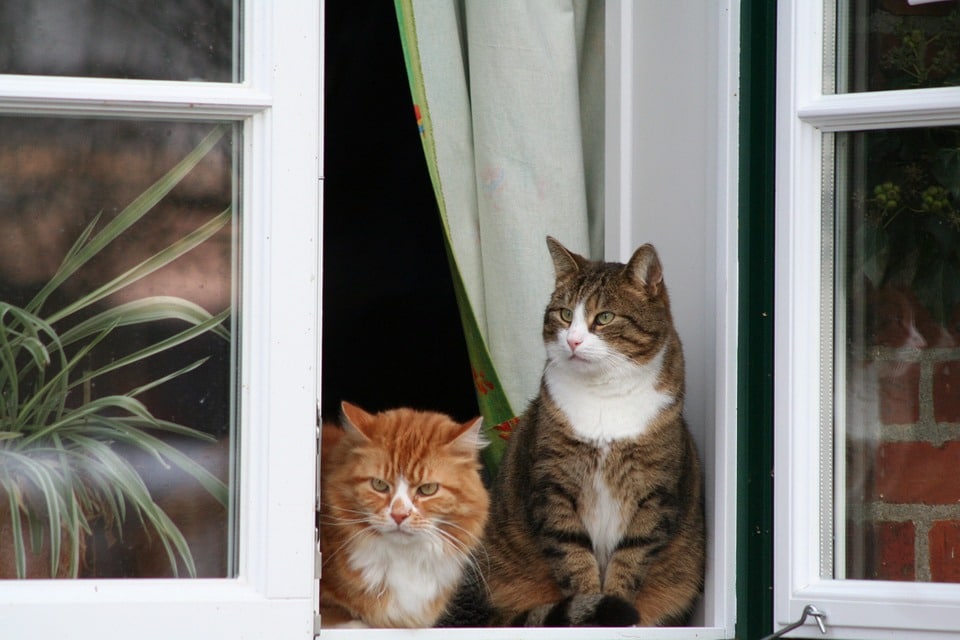 If you’re adopting an adult cat from a shelter you might not have a choice. Owning a cat that has been raised as an outdoor cat, will not likely acclimate well to an indoor lifestyle.
If you’re adopting an adult cat from a shelter you might not have a choice. Owning a cat that has been raised as an outdoor cat, will not likely acclimate well to an indoor lifestyle.
As an avid cat person, I am going to argue personally that indoor cats are better. If you live anywhere near a busy street your cat is at risk of humans who don’t pay attentions. While I do believe that cats should socialize a bit with other animals, I also would prefer to be able to know what cats/dogs my cats are coming in contact with.
Having an indoor cat also makes it easier for your vet to treat them. If you’re monitoring their diet, water intake, and interactions than diagnosis in times of illness becomes much simpler.
Benefits of an Outdoor Cat
Now for the part where I relate to the outdoor cat owners. Your cat might be happier when it’s stalking birds instead of shoelaces. Cat litter…. Well, it’s not exactly a fun thing. Also, when your cat goes out, you’re not like me- panicking that he’s going to hide in a bush for 5 hours and I’m going to have to go in and drag him out (this one was my parents Russian Blue).
Caring for cats that live primarily outdoors can be challenging, because it is more difficult to track their health and diet. Taking care of a cat in this environment is a lot more hands-off.
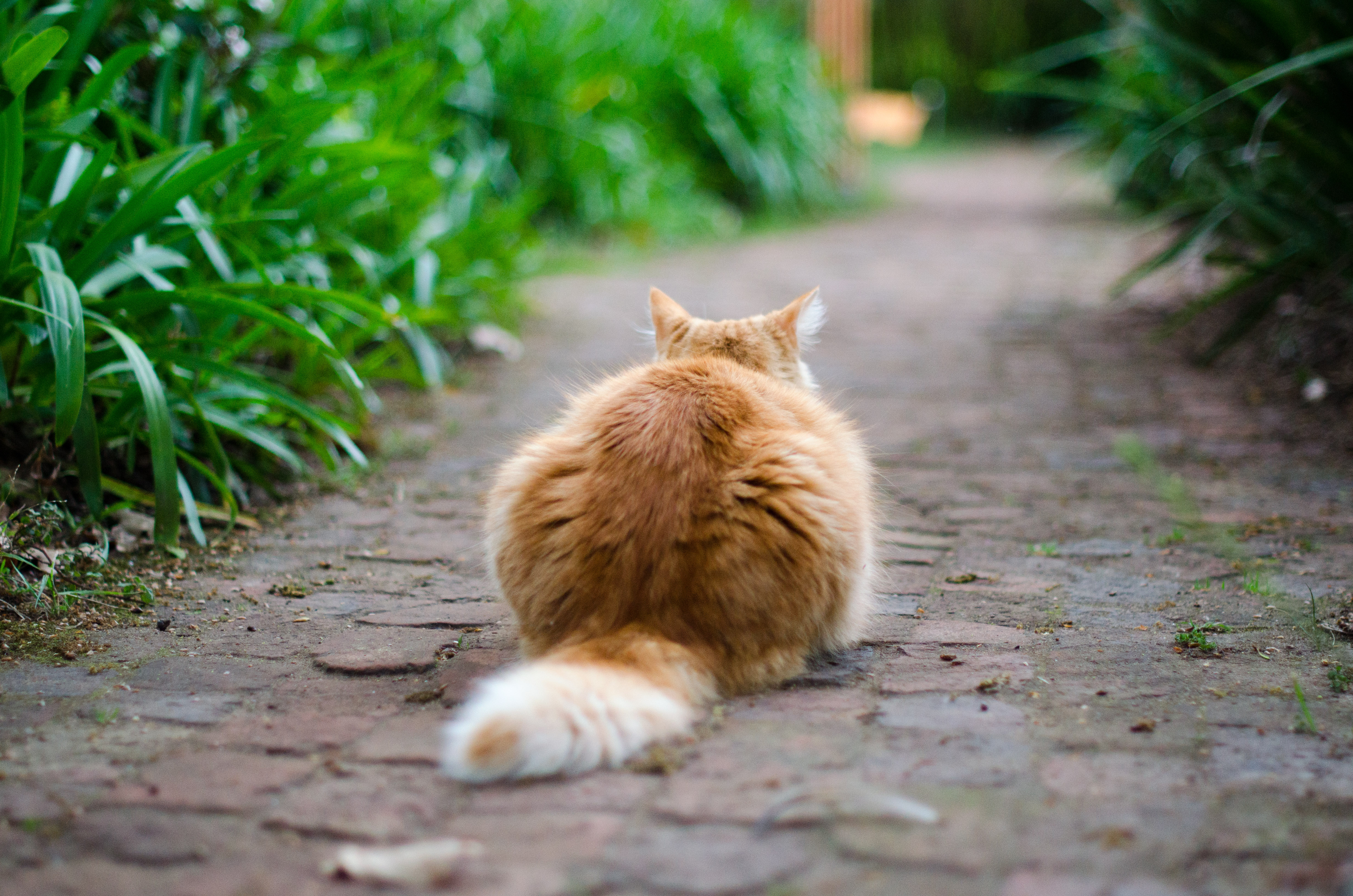
Having an outdoor cat is a normal thing. Just please, please, please promise you’ll do a couple of things. Don’t ever, let a cat outside that is not fixed. There are too many stray kitties filling up our shelters already. If you are responsible enough to make the decision to have a cat, you are responsible enough to have it spayed or neutered. Second of all, respect your neighbors.
Part of the reason I never let my cats outside at apartment complexes was to respect the boundaries of my neighbors. Apartment cats are everywhere, people. If they are under your feet as you carry groceries from the car- they are probably under the feet of old Mr. Rickson who is allergic to cats and would prefer that never to happen. So. On behalf of cat lovers everywhere- don’t give us a bad name!
Best of Both Worlds
Maybe what is the best is having a cat that does both. Indoor-Outdoor cats are pretty common, especially in suburban areas. I can tell you all the ways to learn how to take care of a cat, but a lot of it is going to depend on your lifestyle.
Supplies for a New Cat
Now that we’ve gone over some talking points about cat ownership, and the decisions that come with it- let’s take a look a some of the necessary items you’ll need for your new cat.
If you’re still committed to cat care and ownership there are a few things you’re going to need. They will vary depending on if you are getting a kitten or adult cat, but we will try to get the gist of it down for you if you are a first time cat owner.
Litter Box/Litter
While some cats are OK with enclosed boxes, the best kind of litter box to get is an open one. You should always have separate litter boxes for each individual cat, plus one extra. Having open air actually helps prevent the box from trapping in the bad smells.
It’s also recommended that you purchase a scent free litter- especially for male cats. Smell is so important to cats, and if the odor-masking scents in your litter is too strong, they might choose to use other facilities- aka: your sock drawer.
Litter boxes need changed frequently, or once again- the sock drawer becomes appealing.
Food and Water
Stay away from self-feeders! An overweight cat is easy to find, but difficult to put up with and it will shorten their lives significantly. Cats should be fed separate from each other and other animals. It is also recommended that their food and water be kept in different places. A cat will not likely drink out of water that is right next to where it “kills” and feasts.
A water fountain is a great option for your cat to help keep it’s water fresh and your kitty friend hydrated (this might also keep them away from the toilet!).
As far as types of food goes, PetTerritory prefers food brands that use more natural products in them. Cats don’t chew their food very much so smaller size pieces are the best. Wet food can be higher in calories, so consider that if you decide to go that route. Serving sizes are real, too.
Consult a vet on what and how much to feed your cat based on its age, activity, and health.
Cat Toys
Though they typically get less playful as the age, kittens especially need toys to keep themselves active and to get out some of their energy. To help train your cat not to attack your hands, try getting toys that are positioned on the end of a wand.
Most likely your cat will reject many toys that you purchase and choose to play with your toothbrush or favorite pen instead.
Cat Carrier
Hard-sided carriers are a bit harder to carry, but if your cat is not comfortable in a soft sided carrier they might try to roll around in it, which can be hazardous to them. Getting comfortable with the carrier is important. It might be tempting, but forcing them into it will never end well and will likely cause future fear association and anxiety.
If you’re having troubles, try leaving the crate in a conspicuous place in the house with treats in it. Allow your cat to explore the carrier on it’s own and get comfortable with it. Try not to bring it out only when it’s vet time to avoid the negative association.
Scratching Posts
Purchase a scratching post! If you value your carpet, door frames, and couches- training your cat to sharpen it’s claws on a scratching post is vital. Play with them and their toys on it, and they will get used to it very quickly.
Training your cat not to scratch other things such as carpet, or furniture can be challenging but not impossible. Have a scratching post in all of the main rooms your cat spends time. If there is a spot that they are favoring, such as the corner of a stairs, keep a water sprayer close by and squirt them when caught in the act.
Saran wrap taped to the corner of a couch can also be a useful deterrent even when you aren’t around.
Grooming
If you have a short haired cat you won’t need much, perhaps a brush. If for some reason your cat doesn’t groom itself you might need more. If you have a long haired cat, a brush is a necessity. Especially if it spends any time outside. You might also need some shears to help with knotting. A well groomed cat is a happy cat.
Another tool you will be needing is nail clippers. I can make no promises that clipping your cats nails when they are young will help them grow used to it when they get bigger! If you need it, cat shampoo is also not a bad thing to have on hand in case of emergencies.
FAQ about How to Take Care of a Cat
Click through some frequently asked questions about cat care and what to expect.
Is cat behavior predictable?
Can you tell me how to take care a of a cat that’s scared of humans?
How do I get a cat to come out of hiding?
What is the average lifespan of an indoor cat?
Do cats hate dogs?
Is a cat safe to have around my infant?
Should I get a kitten and a puppy at the same time?
If you want more than one pet at once, we recommend getting the same species. Two kittens or two puppies can be the greatest companions to each other, and also will keep each other occupied, which frees up more of your time.


